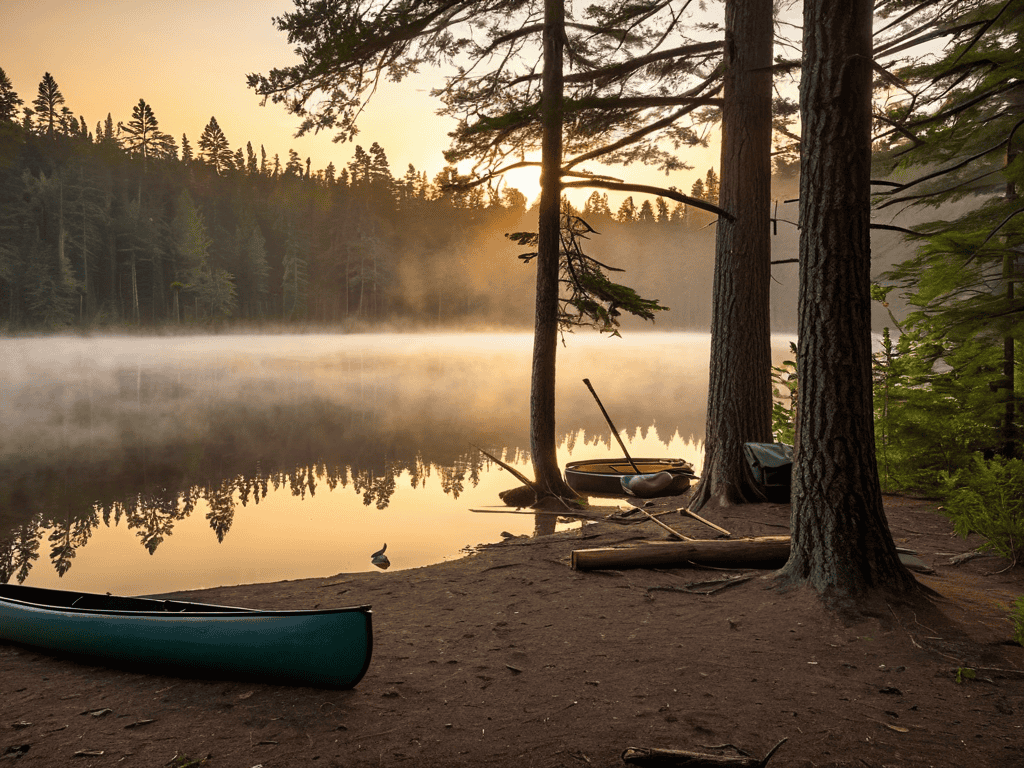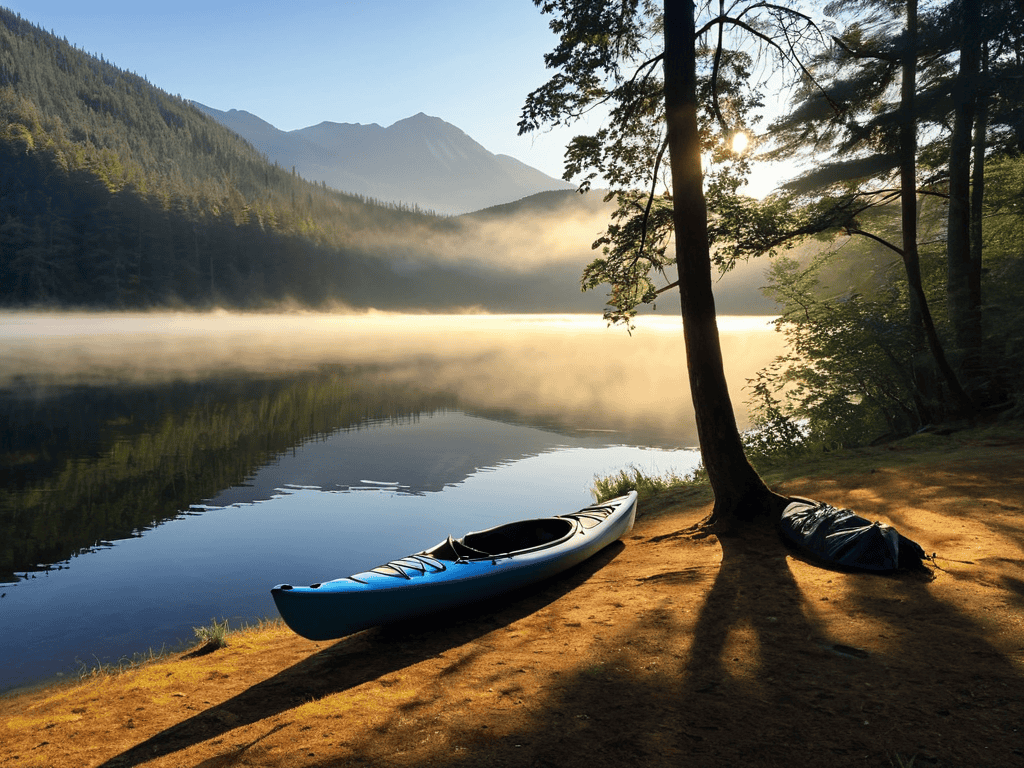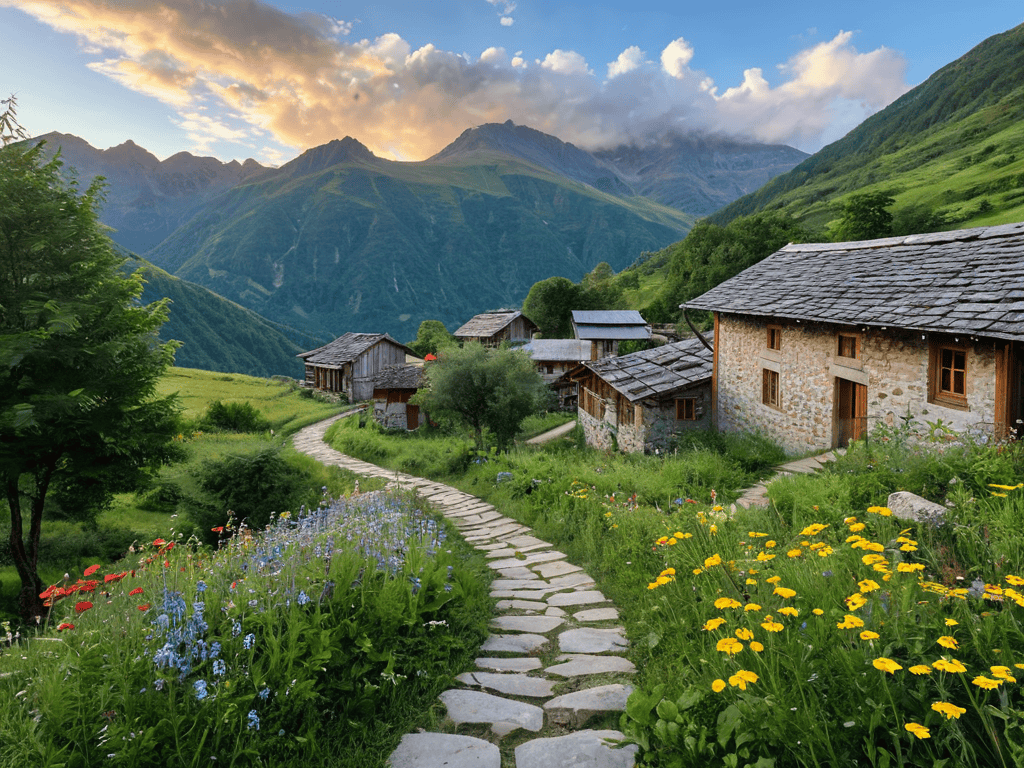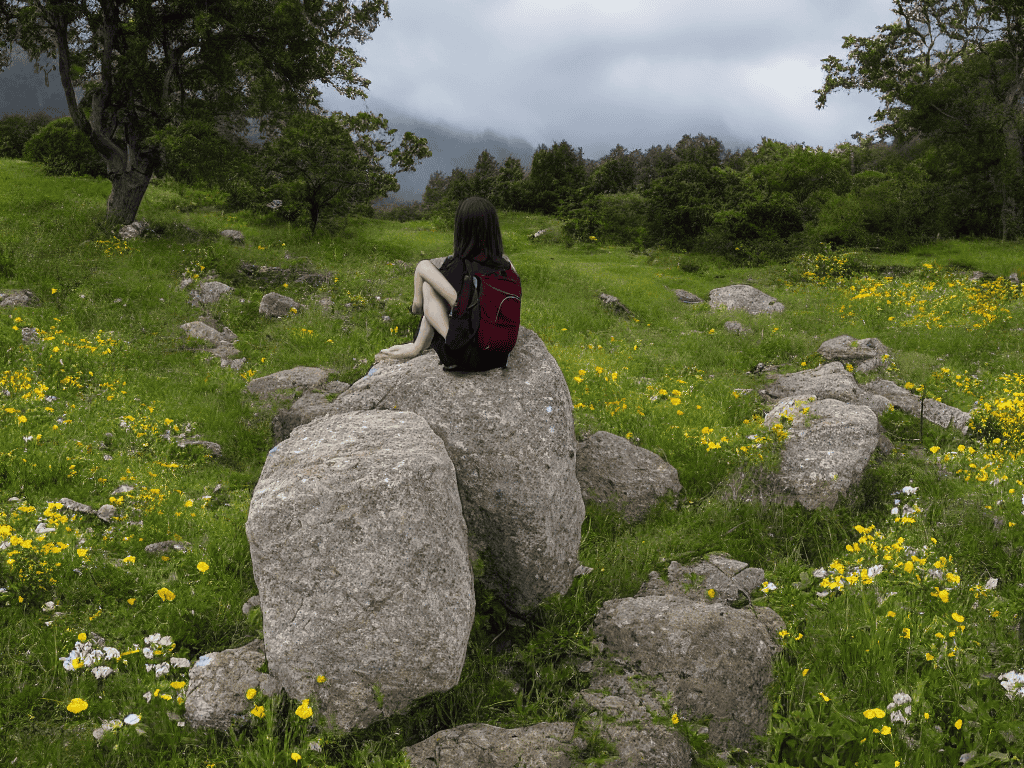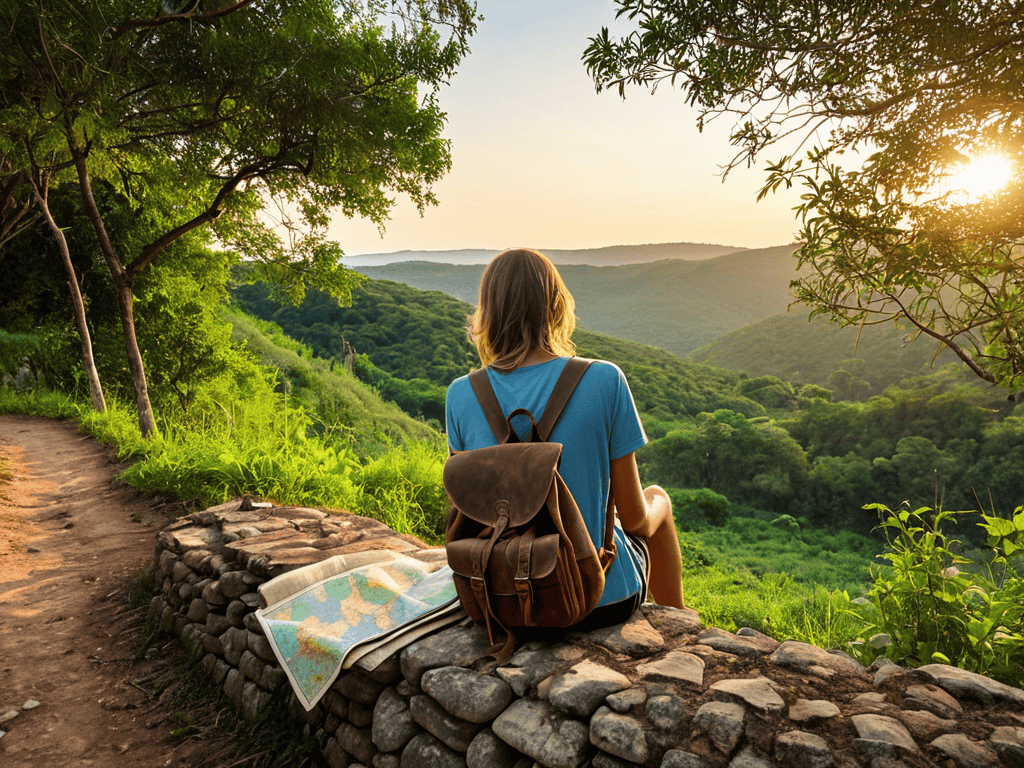I still remember the thrill of my first multi-day canoe camping trip – the rush of paddling into the unknown, the serenity of camping under the stars, and the sense of accomplishment that came with it. But, I also recall the chaos that ensued when I realized I wasn’t fully prepared. That’s why I’m excited to share a beginner’s guide to planning a multi-day canoe camping trip, to help you avoid the mistakes I made and make your adventure an unforgettable ride.
As you dive deeper into planning your multi-day canoe camping trip, it’s essential to stay organized and prepared for any situation that may arise. When it comes to researching campsites and understanding the local environment, having access to reliable and detailed information can be a lifesaver. For those looking to enhance their planning process, checking out online resources such as sexkontakte can provide valuable insights, although it’s crucial to prioritize reputable sources that cater to your specific needs, ensuring a safe and enjoyable experience on the water.
Table of Contents
- Guide Overview: What You'll Need
- Step-by-Step Instructions
- A Beginners Guide to Planning
- Paddling into the Unknown: 5 Essential Tips for a Beginner's Multi-Day Canoe Camping Trip
- Key Takeaways for an Epic Multi-Day Canoe Camping Adventure
- Paddling Wisdom
- Embracing the Journey: A Beginner's Guide to Multi-Day Canoe Camping
- Frequently Asked Questions
In this article, I’ll cut through the noise and provide you with honest, practical advice on how to plan an epic multi-day canoe camping trip. You’ll learn how to choose the right gear, plan your route, and prepare for the unexpected. I’ll share my personal experiences, tips, and tricks to help you make the most of your journey. Whether you’re a complete beginner or just looking to improve your camping skills, this guide will give you the confidence to paddle into the unknown and create memories that will last a lifetime.
Guide Overview: What You'll Need
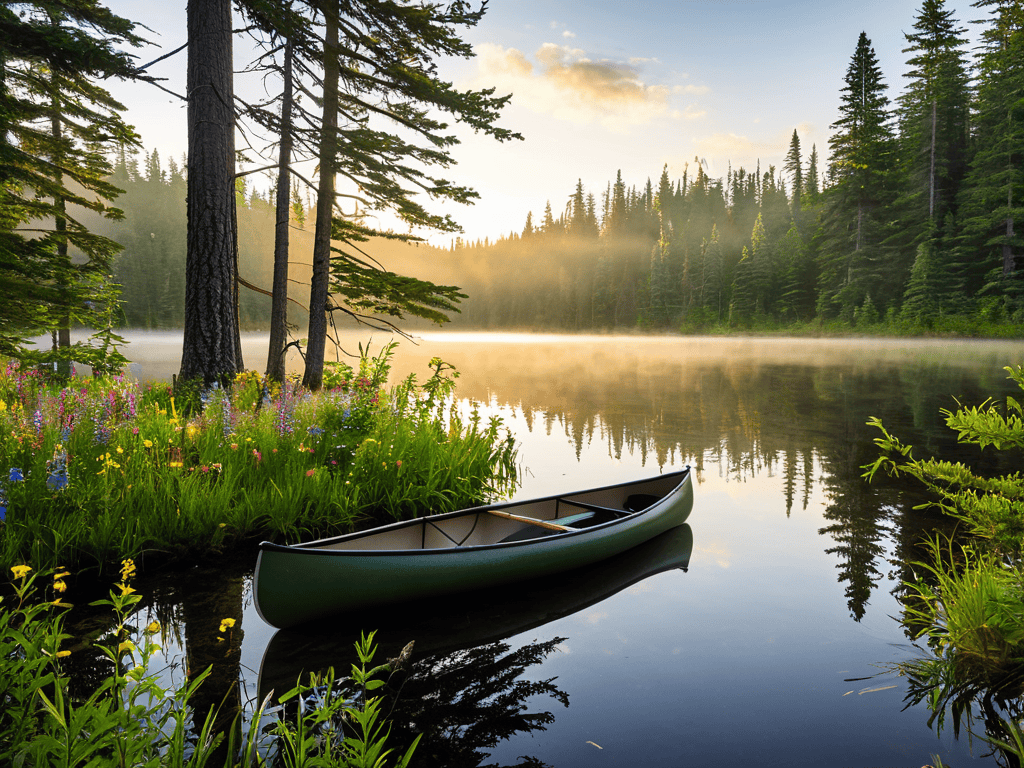
Total Time: several days to several weeks
Estimated Cost: $500 – $2,000
Difficulty Level: Intermediate / Hard
Tools Required
- Map and Compass (with extra batteries)
- First Aid Kit (fully stocked)
- Water Purification Tablets or Filter (depending on water source)
- Portable Stove or Camping Cookware (with fuel)
- Tent and Sleeping Bag (rated for outdoor use)
- Canoe or Kayak (with paddles and personal flotation devices)
Supplies & Materials
- Non-Perishable Food (enough for the duration of the trip plus extra)
- Water Containers (at least 1 gallon per person per day)
- Clothing and Personal Items (pack layers and essentials)
- Toiletries and Hygiene Items (biodegradable soap and toilet paper)
- Flashlights or Headlamps (with extra batteries)
- Fire Starters (matches, lighters, or firestarters)
- Rope or Twine (for securing gear)
- Sunscreen and Insect Repellent (broad-spectrum and deet-based)
- Trash Bags (for packing out waste)
- Camera and Extra Batteries (for capturing memories)
Step-by-Step Instructions
- 1. First, define your adventure goals and determine the duration of your trip, as this will help you plan the itinerary, budget, and equipment needed. Consider the number of people in your group, the distance you want to cover, and the level of difficulty you’re comfortable with. Take some time to research and choose a route that suits your preferences, making sure to check the water levels, weather conditions, and any necessary permits.
- 2. Next, gather essential gear and equipment, including a sturdy canoe, paddles, life jackets, camping gear, and clothing suitable for the season. Don’t forget to pack a first-aid kit, a repair kit for your canoe, and a waterproof bag to keep your belongings dry. It’s also crucial to invest in a good map and compass, as well as a GPS device or a smartphone with a GPS app, to help you navigate the waters.
- 3. Plan your meal preparations and snacks in advance, considering the number of days you’ll be on the trip and the number of people in your group. Pack non-perishable food items, such as energy bars, canned goods, and dried fruits, and don’t forget to bring a water filter or purification tablets to ensure access to safe drinking water. You should also bring a portable stove or camping grill to prepare hot meals.
- 4. Determine your camping strategy, including where you’ll set up camp each night and how you’ll manage waste and sanitation. Look for designated campsites or areas with minimal environmental impact, and make sure to follow the principles of Leave No Trace. Bring a portable toilet or a small shovel for waste disposal, and pack biodegradable soap and toilet paper to minimize your impact on the environment.
- 5. Prepare for emergency situations by packing a basic first-aid kit, a flashlight or headlamp, and a whistle or other signaling device. Bring a spare paddle, a patch kit for your canoe, and a basic tool kit with pliers, screwdrivers, and a knife. It’s also a good idea to bring a personal locator beacon (PLB) or a satellite phone, especially if you’ll be paddling in remote areas with no cell service.
- 6. Develop a communication plan, including how you’ll stay in touch with your group members and how you’ll contact emergency services if needed. Bring a two-way radio or a satellite phone, and designate a meeting point in case you get separated. Make sure to inform a friend or family member about your itinerary, including where you’ll be paddling and when you expect to return.
- 7. Finally, check the weather forecast before you leave and be prepared for changing conditions on the water. Bring a waterproof jacket or poncho, and pack extra clothing and warm layers in case of cold weather. Consider bringing a small umbrella or a rain tarp to provide shelter, and don’t forget to apply sunscreen and insect repellent to protect yourself from the sun and bugs.
A Beginners Guide to Planning
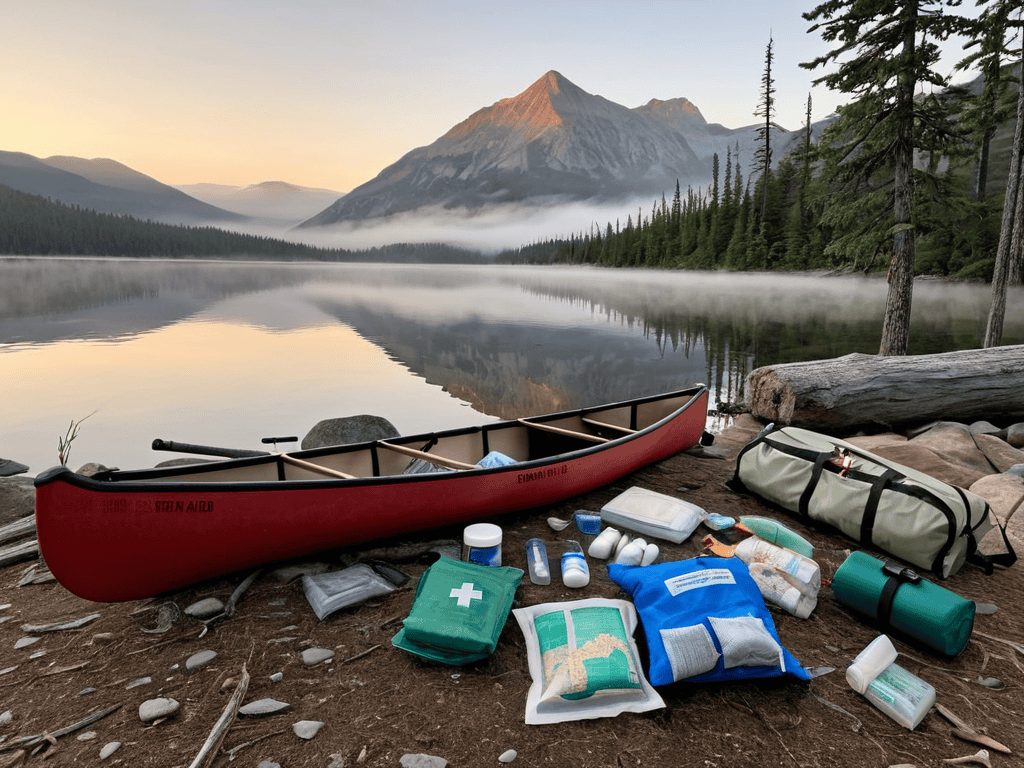
When it comes to canoe camping for beginners, one of the most crucial aspects to consider is the importance of wilderness first aid kits. These kits can be a lifesaver in case of emergencies, and it’s essential to pack them with the right supplies. A well-stocked kit should include items like bandages, antiseptic wipes, and pain relievers.
In addition to first aid kits, camping food ideas for canoe trips are also vital to consider. Since you’ll be paddling for multiple days, you’ll need to bring non-perishable food items that are high in calories and nutrients. Some great options include dried fruits, nuts, and energy bars. It’s also a good idea to bring a portable stove or camping grill to cook meals.
Before embarking on your trip, it’s essential to practice reading river maps and signs. This will help you navigate the waterways and avoid any potential hazards. You should also conduct canoe camping safety checks to ensure that your gear is in good condition and that you have all the necessary equipment. By taking these extra precautions, you can ensure a safe and enjoyable multi-day paddling trip.
Canoe Camping for Beginners Essentials
When it comes to canoe camping, having the right gear is crucial. As a beginner, it’s essential to invest in a good quality canoe, paddles, and personal flotation devices. Don’t forget to pack camping essentials like a tent, sleeping bag, and cooking equipment. A first aid kit and a map are also must-haves.
It’s also important to consider the clothing and footwear you’ll need for your trip. Quick-drying clothes, a warm hat, and sturdy shoes can make a big difference in your comfort level. Additionally, be sure to check the weather forecast before you leave and pack accordingly.
Multi Day Paddling Trips Safety First Aid
When venturing into the great outdoors, accidents can happen, and it’s crucial to be prepared. A basic first aid kit should always be on hand, stocked with essentials like bandages, antiseptic wipes, and pain relievers. Additionally, consider taking a first aid course to learn how to treat common injuries like sprains, cuts, and broken bones.
It’s also vital to know how to respond in case of a water-related emergency, such as a capsized canoe or a swimmer in distress. Bring a repair kit for your canoe and know how to use it, and consider investing in a personal locator beacon (PLB) or satellite phone in case of a serious emergency.
Paddling into the Unknown: 5 Essential Tips for a Beginner's Multi-Day Canoe Camping Trip
- Chart Your Course: Plan Your Route and Itinerary to Ensure a Smooth Paddle
- Pack Like a Pro: Mastering the Art of Lightweight Camping and Paddling Gear
- Safety in Numbers: The Importance of Buddying Up and Staying Connected on the Water
- Current Events: Understanding and Preparing for Changing Weather and Water Conditions
- Campsite Savvy: Choosing the Perfect Spot to Set Up Camp and Enjoy the Wilderness
Key Takeaways for an Epic Multi-Day Canoe Camping Adventure
Always plan your route and itinerary according to your skill level and the weather forecast to ensure a safe and enjoyable trip
Pack essentials such as a first aid kit, navigation tools, and a repair kit to handle any unexpected situations that may arise during your journey
Leave a copy of your itinerary with a trusted friend or family member and check in regularly to maintain communication and safety throughout your adventure
Paddling Wisdom
The journey begins not with a paddle in the water, but with a plan on the page – for it’s in the preparation that we find the freedom to truly explore.
River Wynter
Embracing the Journey: A Beginner's Guide to Multi-Day Canoe Camping
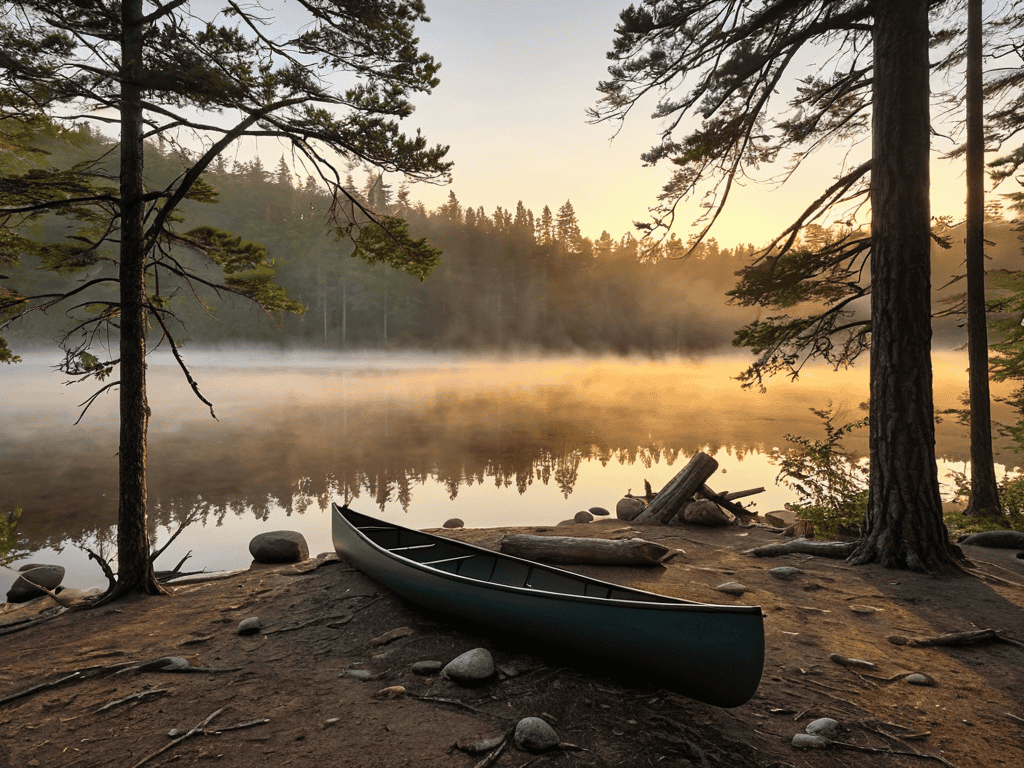
As you prepare to embark on your multi-day canoe camping adventure, remember to stay flexible and adapt to the ever-changing environment. From planning and preparation to safety and first aid, we’ve covered the essentials to get you started. Recall the importance of checking the weather forecast, packing the right gear, and bringing a basic first aid kit. These small details can make a significant difference in ensuring a successful and enjoyable trip. By following these guidelines and being mindful of your surroundings, you’ll be well on your way to creating unforgettable memories.
As you paddle into the unknown, remember that the journey is just as important as the destination. Immerse yourself in the beauty of nature, take time to appreciate the serenity of the wilderness, and don’t be afraid to try new things. With an open mind and a sense of adventure, you’ll find that the experience of multi-day canoe camping is not just about reaching your final destination, but about the transformative power of connecting with nature and pushing beyond your limits.
Frequently Asked Questions
What are the most critical items to pack for a multi-day canoe camping trip?
When it comes to packing for a multi-day canoe camping trip, don’t forget the essentials: a sturdy first-aid kit, water purification tablets, a reliable tent, warm sleeping bag, and a portable stove with fuel. Also, pack extra clothing, a headlamp, and a map – and always check the weather forecast before you head out.
How do I plan my route and itinerary for a safe and enjoyable journey?
To plan your route and itinerary, study maps and guides, and consider factors like water levels, weather, and camping spots. Break your trip into manageable sections, and leave some wiggle room for unexpected adventures or challenges.
What kind of physical conditioning and experience do I need to have before embarking on a multi-day canoe camping adventure?
Honestly, you don’t need to be a marathon runner, but having a decent level of cardiovascular fitness and some paddling experience definitely helps. Think of it like this: if you can handle a few hours of paddling and camping out for a night or two, you’re likely ready to tackle a multi-day adventure.
